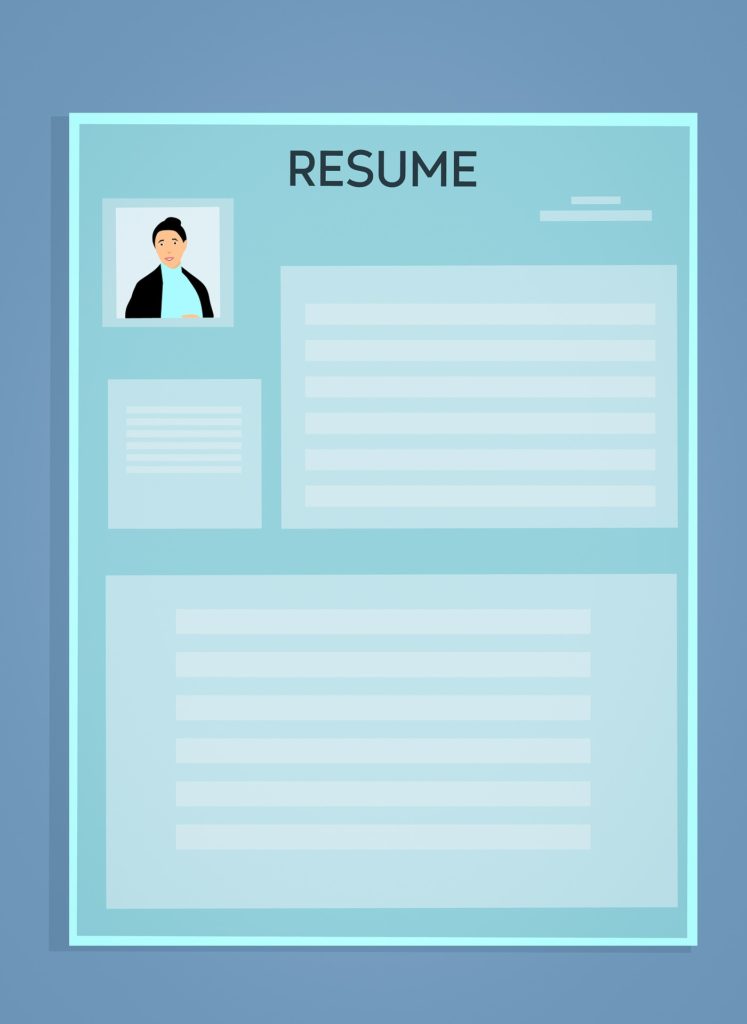Whether you live in the United States or not, protests have erupted. They started here but spread around the world quickly. People could relate to the frustration and anger of racism and brutality as it happens here in the U.S. and as it happens in their own country. I don’t want to write about that. Instead, I want to drill-down into something practical we in the tech field face. If we can boil down those protests to their very essence, skip the politics, the toppling of statues, the policy brutality, we’re left with bias. In good people, bias is not conscious. Very few people go about saying, “I’m going to treat that person differently than I do other people.” Most people have an unconscious bias. Because we’re in the tech industry, and we know we have a bias against women in tech, I want to take a look at how we in our hiring practices can overcome this particular bias.

I’ve never talked to anyone who said, “I don’t want to hire women techs.” Everyone I’ve talked to has said, “If I could find them, I would hire them. All the woman techs I know are amazing.” That, in itself, is a result of bias. To be a woman in this field, you have to be amazing, confident, and not afraid to flaunt it. You also have to understand that you’ll be working in male culture. Most men working in tech don’t even register that they are working in a male culture — the bias is that strong and that unconscious.
As one of the amazing women that have been working in this field for decades, I thought I would be exempt from this bias, but I wasn’t. And I didn’t discover it until I served on CompTIA’s Advancing Women in Technology executive committee. Here, I was a woman-owned MSP for 20 years, and we had only had one female tech in all that time besides myself. We had employed many other types of minorities — racial, sexual orientation, religious — but almost never women. I fell into the trap of believing that they just weren’t out there. But I was wrong. It was my unconscious bias that kept me from getting resumes from women and from reading those I got correctly.
Men and women respond to job ads differently, and they write their resumes differently. Once I exposed my own bias, we went from only ever having one woman in 20 years to now having a majority female firm. I was finally able to tap into the available pool of amazing female techs. To do this, I had to change the way I wrote my job ads, and I had to change the way I read resumes.
Job advertising: Shifting emphasis

Here’s how I changed my advertising. I didn’t change at all what I wanted in a new hire. I only changed the way that I convey that information. I want passionate, highly technical people that are nice and care about clients.
In the job advertisement, I now lead, emphasize, and re-emphasize what it is like to work here and what we look for in staff. Repeatedly during interviews, women, more than men, asked questions about the culture of the company and what would constitute success. It never sunk into me that they really wanted to know what it was like to work here before committing or in many cases, as I later found, before applying. Some women had learned to apply, get the interview, and then ask those important questions, but most don’t even apply if they can’t get a sense of who you are from the advertisement. I removed a lot of the typical job description and replaced it with culture descriptors and work environment information:
The successful candidate will have a deep technical knowledge but will also be a people-person that enjoys working with the end-user.
You will work from home, from client locations and from our main office. We regularly train together as a group on Tuesday evenings until 7 p.m. So you must be available on that evening twice a month. Otherwise, the daily schedule is 8:30-5:30 p.m. with occasional out of band worked as required by the individual project or task.
When I made this change, I suddenly got a lot more resumes from women, but that didn’t entirely solve my bias problems.
Reading a woman’s resume

Is there such a thing as a woman’s resume? I hate to say this but there is. During my tenure at CompTia, I proposed and organized a resume review event for women. The goal was to help them make a better resume and get that interview. A small group of us helped each woman showcase what they actually knew using positive words, fewer words, and in a better-organized way.
Male resumes tend to be heavy on the list of things that they have ever touched in technology. There will be categories for languages, operating systems, applications, networking equipment. Often this list takes up half of the page. Men’s problem is their resume might tell you that they claim to know some stuff, but they don’t tell you anything about the person. Women, on the other hand, hardly ever claim to know anything. They look unqualified.
You hear all the time that men will apply for any job regardless of if they think they are qualified or not and hope to get interviewed where they can sell their ability to apply what they already know to quickly get up to speed on what this job requires. And we know that women don’t do that. They will wait until they are fully certain that they can do that job. If that’s the case, then the resumes from women ought to be amazing, and they ought to be more qualified than the male applicants. So why weren’t we interviewing them?
Because of that resume review project, I now knew that women’s resumes are often terrible. To fix my bias problem meant that I couldn’t rely on the resume to tell me who might be qualified. I knew to look at the men’s resume as being mostly bluster and fluff. But I was then looking at the women’s resume in the same way and ended up tossing out what looked like fluff, and then there was nothing left. Whereas on the male resumes there was still plenty left to consider. This meant that more men than women got the interview.
Once I realized that we had a problem and that we were incapable, for now, of reading a woman’s resume, we decided to interview every woman that applied that appeared to be vaguely qualified. We were pleasantly surprised to find out that often there was a lot more depth there than the resume claimed. This was our teachable moment. But looking at the resume and the person at the interview, we finally learned how to read them. It changed everything about how we read resumes, and we ended up with a much better candidate pool at the end of the first round of interviews.
Ferreting out tech bias: Hard work but worth it
And this is how we got to the point of having more women in our company than men. It was work. We had to ferret out bias that we held and biases that the applicants held too. It was all worth it though, we now have the best group of staff that we’ve ever had. If you’re having difficulty finding women to hire, I hope that you’ll find this article inspiring to take an inward and an outward look through the biases that we all carry.
Featured image: Shutterstock



